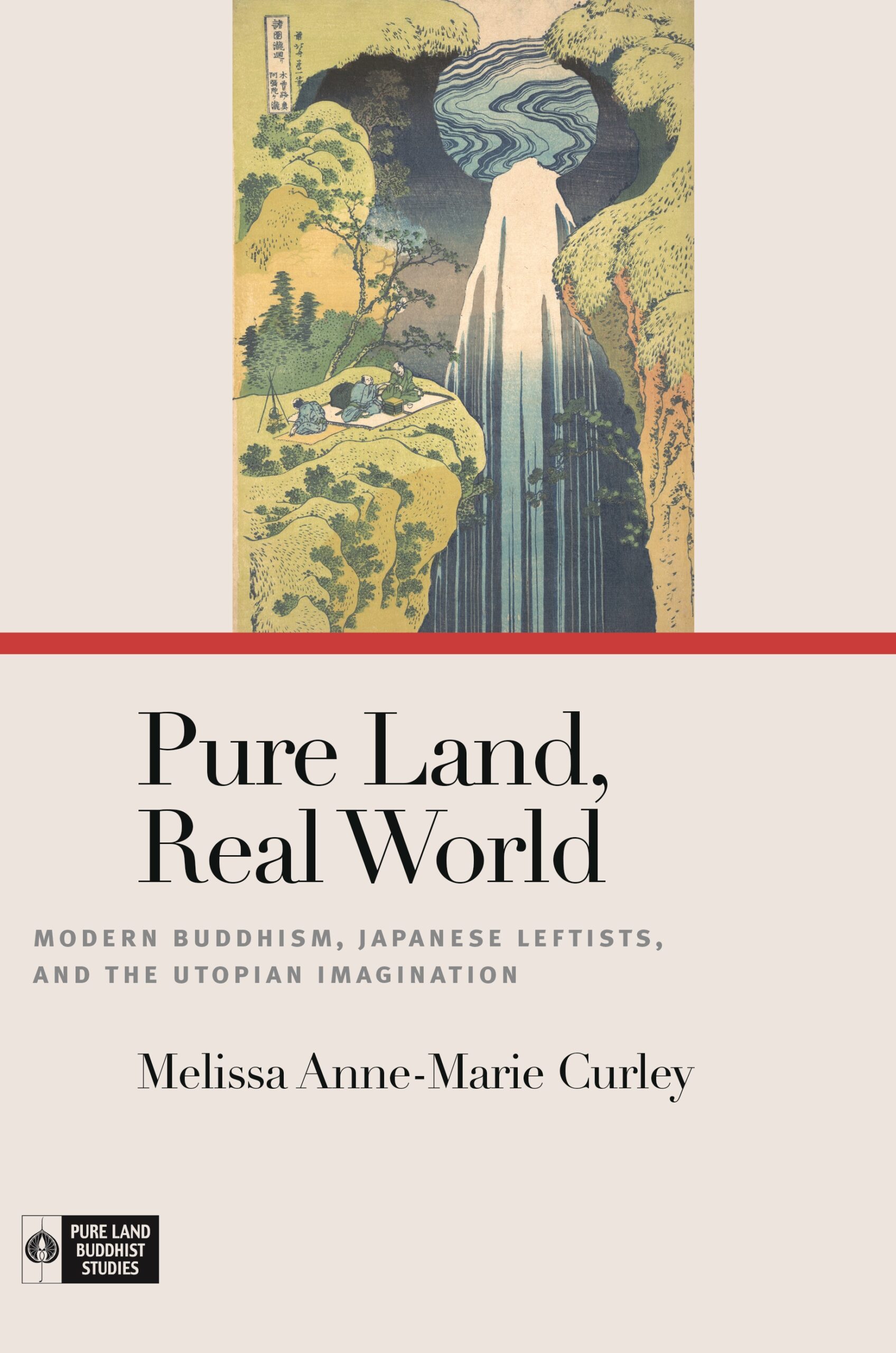Pure Land, Real World: Modern Buddhism, Japanese Leftists, and the Utopian Imagination
- About the Book
-
For close to a thousand years Amida’s Pure Land, a paradise of perfect ease and equality, was the most powerful image of shared happiness circulating in the Japanese imagination. In the late nineteenth century, some Buddhist thinkers sought to reinterpret the Pure Land in ways that would allow it speak to modern Japan. Their efforts succeeded in ways they could not have predicted. During the war years, economist Kawakami Hajime, philosopher Miki Kiyoshi, and historian Ienaga Saburō—left-leaning thinkers with no special training in doctrinal studies and no strong connection to any Buddhist institution—seized upon modernized images of Shinran in exile and a transcendent Western Paradise to resist the demands of a state that was bearing down on its citizens with increasing force. Pure Land, Real World treats the religious thought of these three major figures in English for the first time.
Kawakami turned to religion after being imprisoned for his involvement with the Japanese Communist Party, borrowing the Shinshū image of the two truths to assert that Buddhist law and Marxist social science should reinforce each other, like the two wings of a bird. Miki, a member of the Kyoto School who went from prison to the crown prince’s think tank and back again, identified Shinran’s religion as belonging to the proletariat: For him, following Shinran and working toward building a buddha land on earth were akin to realizing social revolution. And Ienaga’s understanding of the Pure Land—as the crystallization of a logic of negation that undermined every real power structure—fueled his battle against the state censorship system, just as he believed it had enabled Shinran to confront the world’s suffering head on.
Such readings of the Pure Land tradition are idiosyncratic—perhaps even heretical—but they hum with the same vibrancy that characterized medieval Pure Land belief. Innovative and refreshingly accessible, Pure Land, Real World shows that the Pure Land tradition informed twentieth-century Japanese thought in profound and surprising ways and suggests that it might do the same for twenty-first-century thinkers. The critical power of Pure Land utopianism has yet to be exhausted.
- About the Author(s)
-
Melissa Anne-Marie Curley, Author
Melissa Anne-Marie Curley is assistant professor in the Department of Comparative Studies at the Ohio State University.Richard K. Payne, Series Editor
Richard K. Payne is Yehan Numata Professor of Japanese Buddhist Studies at the Institute of Buddhist Studies, Berkeley.
- Reviews and Endorsements
-
- In Pure Land, Real World, Melissa Curley does a masterful job of showing how medieval Japanese Pure Land Buddhist conceptions of Western Paradise, often considered an impractical and other-worldly notion, have been appropriated by prominent twentieth-century secular thinkers in ways that are closely linked to materialist as well as humanist utopian standpoints. She insightfully examines and evaluates the thought of Kawakami Hajime, Miki Kiyoshi, and Ienaga Saburō in terms of their respective understandings of Pure Land school virtues of equality, selflessness, solidarity, and harmony based on a deeply traditional spirit of dissent and disruption, as initially expressed by Shinran and Hōnen, which inspired a thoroughly modern view of liberation in the period before and after the social turmoil caused by Japanese imperialism.
—Steven Heine, Florida International University - Melissa Curley portrays the Pure Land’s ambiguous relation to the ‘real’ world as neither transcendent nor immanent, but supernatural, thus providing a provocative framework for theorizing the meaning of utopianism in politics. Her engagement with Pure Land political thought gives us resources for rethinking major discourses not only in Marxism, but in postmodernism, postcolonial theory, and comparative philosophy. This is a significant work that will serve as a foundation for future scholarship.
—Leah Kalmanson, Drake University
- In Pure Land, Real World, Melissa Curley does a masterful job of showing how medieval Japanese Pure Land Buddhist conceptions of Western Paradise, often considered an impractical and other-worldly notion, have been appropriated by prominent twentieth-century secular thinkers in ways that are closely linked to materialist as well as humanist utopian standpoints. She insightfully examines and evaluates the thought of Kawakami Hajime, Miki Kiyoshi, and Ienaga Saburō in terms of their respective understandings of Pure Land school virtues of equality, selflessness, solidarity, and harmony based on a deeply traditional spirit of dissent and disruption, as initially expressed by Shinran and Hōnen, which inspired a thoroughly modern view of liberation in the period before and after the social turmoil caused by Japanese imperialism.
- Supporting Resources
-





